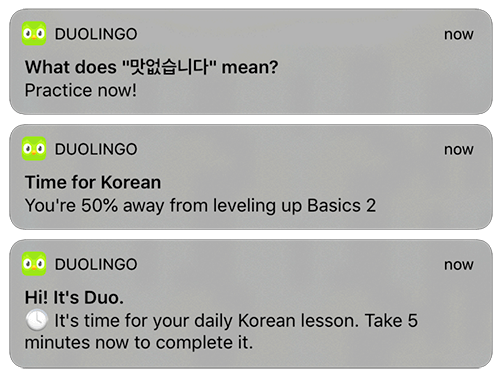Treadmills are iconic pieces of exercise equipment for the wrong reason. They’re famous primarily for sitting unused in basements and spare bedrooms all across the country. These treadmills go unused despite having some pretty sophisticated features, including embedded video trainers who talk to you during your workout, realistic imagery of running routes, automated speed and incline adjustment to match the imagery you’re seeing, and even a “cruise control for your heart” that monitors your heart’s beats per minute and adjusts the difficulty of your run in real-time to keep you in your target heart-rate zone throughout your workout. However, all the amazing features in the world can’t improve your fitness level if you never get on the treadmill and use them, which apparently many owners don’t.
Many educational technologies have a treadmill problem. They have some pretty sophisticated learner-facing features, including tracking learner understanding in real-time and making appropriate study suggestions, dynamically scheduling review sessions just before learners forget the material, and providing near infinite practice with immediate feedback. However, many learners never use these functions. Similarly, educational technologies have some pretty sophisticated instructor-facing features, including class-level dashboards and individual learner views that track learner understanding and engagement, suggest topics instructors should focus on during lecture or review sessions, and help instructors get to know their students better. However, many instructors never use these functions. More often than not, learners and instructors will both try to use educational technologies as if they were textbooks – looking for and then attending almost exclusively to static words and images – if they use them at all.
The primary point, of course, is this: unused features in exercise technologies and educational technologies can improve neither fitness nor learning. From this perspective, one might argue:
The most important feature in educational technology products is the nudge – the feature that persuades you to actually use the features that will improve learning.
Duolingo as An Example
Duolingo is a great example here. On its surface, the language learning app may appear rather straightforward. But there are some pretty sophisticated things happening behind the scenes that make your language learning more effective. For example, Duolingo has made useful contributions in the area of spaced repetition with their half-life regression model, which reduced the mean average error of their predictions of student recall by over 45%(!) compared to the Leitner system they had previously used to schedule review sessions. However, as per above, a feature can’t improve learning if learners don’t use it, no matter how sophisticated it is. Consequently, Duolingo invests heavily in improving the effectiveness of the study nudges delivered by its omnipresent mascot, Duo the owl.

For example, in A Sleeping, Recovering Bandit Algorithm for Optimizing Recurring Notifications, the authors present a version of the multi-armed bandit customized for their specific context. The improvements made to their study nudges in this way definitely worked:
Many online and mobile applications rely on daily emails and push notifications to increase and maintain user engagement. The multiarmed bandit approach provides a useful framework for optimizing the content of these notifications, but a number of complications (such as novelty effects and conditional eligibility) make conventional bandit algorithms unsuitable in practice. In this paper, we introduce the Recovering Difference Softmax Algorithm to address the particular challenges of this problem domain, and use it to successfully optimize millions of daily reminders for the online language-learning app Duolingo. This lead to a 0.5 % increase in total daily active users (DAUs) and a 2 % increase in new user retention over a strong baseline. We provide technical details of its design and deployment, and demonstrate its efficacy through both offline and online evaluation experiments.
One might cynically argue that Duolingo simply wants to maximize engagement for purposes of making money and not in order to increase learning. But here’s the thing – when an educational technology is built on a foundation of solid learning research, like Duolingo is, these two interests actually align – increasing user engagement will simultaneously increase learning AND increase the company’s revenues. Getting more people to more frequently engage in more effective teaching and learning practices is both good for learning and good for the bottom line.
Conclusion
Unused features in educational technologies cannot improve student learning – regardless of how rigorously they have been demonstrated to be effective in a laboratory setting. In addition to building educational technologies whose features are grounded in evidence about what supports learning, we need to build educational technologies that people will actually use. This goes beyond “simply” making the products usable from a UI / UX / LXD perspective. There’s an opportunity for designers of educational technologies to be proactive in helping learners (and their instructors) find, remember, and use those features that will most powerfully impact learning, and more designers should be exploring it.

You must be logged in to post a comment.